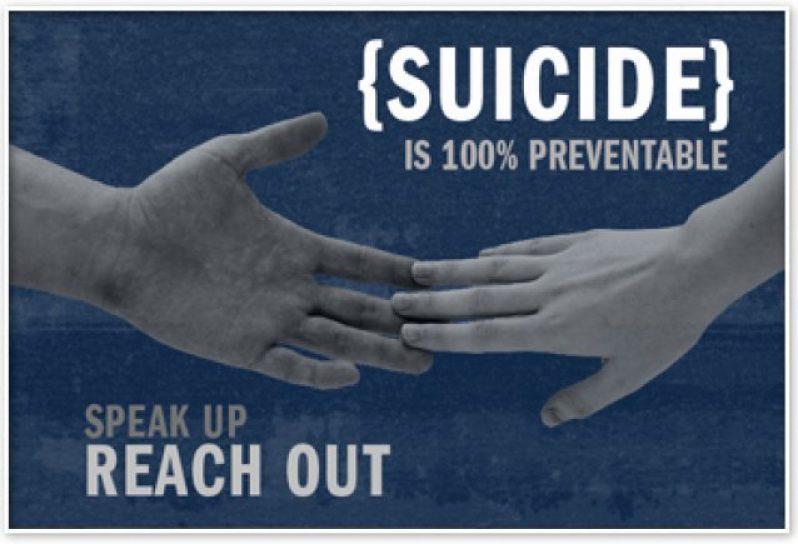By Svetlana Marshall
THE Strategic Lines of Action, which form part of the National Suicide Prevention Plan 2015-2020, were put in focus here yesterday (Monday) when the Public Health Ministry spearheaded another meeting with the Suicide Task Force. The lines of action: Risk-factor reduction, health promotion and prevention; reduced access to the means of suicide; health systems response to suicidal behaviour; and suicide surveillance and research were analysed by representatives from a wide range of agencies at the Georgetown Public Hospital (GPH) Resource Centre.
Minister within the Ministry of Public Health, Dr. Karen Cummings; Pan-American Health Organisation/World Health Organisation (PAHO/WHO) Country Representative, Dr. William Adu-Krow; and United Nations Population Fund (UNFPA) Assistant Resident Representative, Patrice LaFleur were among the officials present. US-based Guyanese Psychologist, Dr. Nathilee Caldeira participated by way of SKYPE.
Dr. Adu-krow, in delivering brief remarks just before the lines of action were discussed, said he was pleased that the Government of Guyana, through the Health Ministry, has seen it fit to move the process forward.
“We are really not doing too well,” he said, in obvious reference to Guyana’s alarming suicide rate. “We are the worst in the world,” he said.
WORLD’S HIGHEST
Guyana has the highest estimated suicide rate in the world. Data from the Americas show that suicide rates first peak among young people, remain at the same level for other age groups, and rise again among older men.
Data gathered over the last five years indicate that most of the cases are concentrated in coastal areas of the country, particularly in the East Corentyne-Berbice Region Six area, which has the highest rating at 30.9%; Region Three (Essequibo Islands-West Demerara), which comes a distant second at at 22%; followed by Regions Four (Demerara-Mahaica), Two (Pomeroon-Supenaam) and Five (Mahaica-Berbice) at 19.7%, 13.4% and 8.8% respectively.
Regions One (Barima-Waini), Seven (Cuyuni-Mazaruni), Eight (Potaro-Siparuni) and Nine (Upper Takutu-Upper Essequibo) have together accounted for just over 4% of the cases, but recent evidence suggests that the figure may be higher.
Dr. Adu-Krow said that PAHO has internalised the issue, and is willing to share a framework that can be used as a template. “We need to have an effective mapping, so we can know who is doing what, when and how they are doing it,” he posited, adding that focus also needs to be placed on content.
Turning his attention to the media’s coverage of suicide-related matters, Dr Adu-Krow cited the need for more responsible reportage.
“Whether we like it or not,” he said, “here in Guyana, when someone commits suicide, we tell everything; but we don’t talk about why the person may have committed suicide…”
But, all this will soon be addressed, as, according to Dr ADU-Krow, the PAHO/WHO has asked an ex-CNN correspondent to run some training courses here with local reporters.
And Dr. Calderia, who has held previous discussions with Minister Cummings, said she is ready to join forces with the Public Health Ministry and other agencies to address the root causes of suicide here.
Her team comprises public and mental health professionals, among them three physicians, two of whom hold master’s degrees in public health; two clinical psychologists; two social workers; and counsellors.
MULTI-SECTORAL APPROACH
During a stakeholders meeting, which was held in January at the Marriott Hotel, Public Health Minister, Dr. George Norton emphasised the need for a multi-sectoral approach to address suicide in Guyana.
The National Suicide Prevention Plan is integrated with the National Mental Health Action Plan, and will provide guidance for all sectors in an effort to effect the required change.



.jpg)








